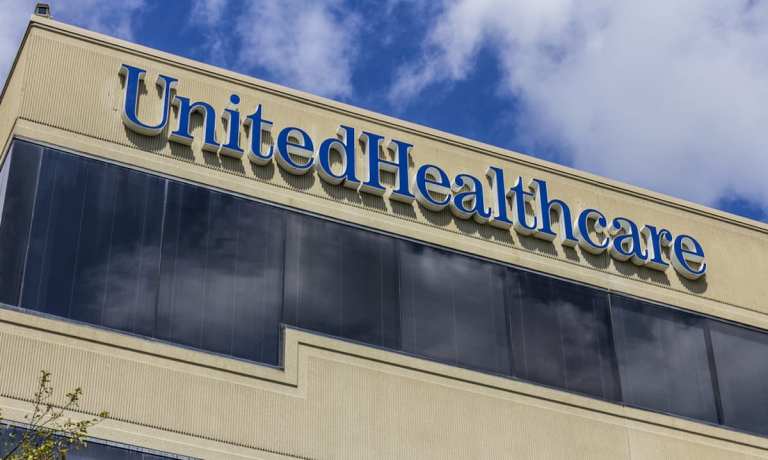Healthcare Giants Work to Address Payment Pain Points

As famously observed during a recent round of healthcare reform, “Healthcare is complicated.”
There are many sources of friction in making payments that are unique to the field, which constitutes approximately 20% of U.S. GDP.
By its very nature, most payments are made on a business-to-business (B2B) basis, and employers outsource payments to third-party payers. These insurance companies, including UnitedHealthcare, either assume risk for what the industry refers to as the medical loss ratio — payments to healthcare providers as a percentage of health insurance premiums — or adjudicate claims on behalf of the companies that employ them.
The supply side of healthcare includes 6,000 hospitals and health systems, more than 900,000 physicians and 2.5 million nurses and other caregivers, according to the American Hospital Association (AHA).
See also: FinTech Financing Options Ease Healthcare Practices’ Payer Pains
Third-party payment intermediaries between the healthcare supplier and customer (aka the patient) create what is known as a moral hazard in the insurance business. The risk is that patients are spending what they perceive as other people’s money.
In a market where demand for services is essentially unlimited, at least in theory, creating a demand unchecked by typical economic price elasticity has resulted in perennial problems with increasing healthcare costs.
Thus, deliberate efforts have been made over the decades to essentially impose friction on the market. Suppliers have developed countermeasures to cope with such governors of demand, including mechanisms such as:
- Claims clearinghouse services, which include eligibility and enrollment verification, claims filing, and payer denial or payment processing.
- Payment accuracy services, which include coordinating benefits, pre-payment review and insight related to co-payments, coverage, other insurance, proper billing coding, payment auditing and recovery.
- Revenue cycle management services, which include eligibility and coverage, clinical triage including utilization, preauthorization and proper billing codes, and using real-time data, analytics and algorithms to provide visibility into performance and financial outcomes while benchmarking against peers for industry averages.
- Clinical decision support services, which include evidence-based clinical decision support resources for determining admissibility, the length of a stay and discharge.
Complicating matters is consolidation. Particularly since the passage of the Affordable Care Act, there has been a trend toward the big getting bigger to increase market power.
One example is UnitedHealth Group.
UHG generated more than $287 billion in 2021. Its subsidiary, UnitedHealthcare, is the largest health insurance company in the United States. With more than 70 million members and commercial, Medicare and Medicaid insurance plans, UnitedHealthcare has the largest or second-largest market share in 20 states. Its network includes 1.4 million physicians and other healthcare professionals, and more than 6,500 hospitals.
As one of the leading healthcare technology companies in the country, Optum, a subsidiary of UHG, is also a market leader. Optum is a key part of UHG’s success, representing approximately 50% of UHG’s earnings.
OptumInsight is Optum’s healthcare IT segment, providing data analytics services, research, consulting and technology. OptumInsight possesses and analyzes highly confidential, granular healthcare data from the entire healthcare network, such as claims data containing specific procedures or treatment and related diagnoses, physician and hospital payments, payer reimbursement rates and guidelines and electronic health records.
Change Healthcare
Another player in the healthcare payments space is Change Healthcare, the leading independent provider of healthcare IT services targeting insurance reimbursement, payment accuracy and healthcare provider revenue cycle management. Like OptumInsight, Change has an impressive network of highly confidential, granular healthcare data from across the entire healthcare ecosystem.
More than 5,000 hospitals and 900,000 physicians rely on Change’s healthcare IT services. Change’s network encompasses 2,200 payer connections, including connections with the top five health insurance companies in the United States. Through its network, Change has access to the healthcare data of 1 in 3 U.S. patient records.
Related: Luma Health, Salucro Partner for Easier Patient Payments
Change’s claims that its independence from payers enables it to function as an “honest broker” is another critical element of competition.
The types of services offered by OptumInsight and Change are a must-have for healthcare providers looking to navigate byzantine insurance reimbursement and ensure accurate and timely payment. According to Optum, “Eighty-three percent of health care organizations have implemented an artificial intelligence strategy, while another fifteen percent are planning to develop one.”
The two companies have data volume, variety and velocity at a substantial and sustainable advantage over smaller, niche competitors.
What the Future Holds
As long as third-party payment prevails in the U.S. healthcare system, payment will remain complex almost by design. Even in the event of something like Medicare for All, the inherent moral hazard of third-party payment with all the associated risks of fraud, waste, abuse and overutilization will remain.
The sector is something of a Gordian knot for FinTechs interested in disruption due to these basic conundrums.